Robots are intriguing! But, did you ever ponder on the interesting techniques used to build them? This brings us to four types of Artificial Intelligence approaches that help in developing various AI applications. Let’s go through them one by one in this blog today.
From a child to an adult, who is not fascinated by robots even though when most of us are unaware that it is Learning Artificial Intelligence (AI) that drives them. Fascination apart, did you ever think of the various benefits AI brings to humankind? Why let’s take the CoViD-19 scenario. The robots have played a major role in combating the deadly virus.
The Germans and the Chinese have been successful in containing the pandemic to an extent, thanks to the robots. Not only did the bots help in detecting the potential Coronavirus carriers from a great distance in Germany, but they also helped in disinfecting and sanitizing the factories and other public places with the help of sprayers in China. What’s more, the robots also assisted the doctors in conducting the vital checks and diagnostics of the infected patients. This technique is helping them maintain a healthy distance.
What are the uses of Artificial Intelligence?
We have been cohabiting with AI and its applications without realizing the technology behind them. The Siri app, the suggestions that appear while searching on Google, the amazing Amazon’s Alexa, and the list can go on.
So, let’s discuss a few benefits, the AI has brought to different domains as of today:
Marketing
AI (Artificial Intelligence) has influenced the marketing sector in the most phenomenal way possible. There was a time when people used to steer clear of marketing Gimmicks due to a lack of trust.
However, times have changed. Retails businesses have found a subtle way of marketing these days. The AI-powered recommendation systems are quite apt at making perfect suggestions that are too good to be ignored. The Amazon suggestions to buy a product based on your previous purchases, Netflix movie recommendations, then Walmart’s strategy of placing bread diapers and the butter together after identifying the patterns of frequent buyers. These are all marketing strategies implemented by the businesses based on the customers’ purchase data.
Banking
AI (Artificial Intelligence) has made its way to banking and has brought drastic changes in terms of fraud detection, customer support, identifying the likely defaulters of credit payments, etc. Based on the salary, age, and previous credit card history, the reputed banks use the data to predict the likely defaulters before they issue credit cards.
Also, the top banks rely on AI and Deep Learning technologies to detect the fraudulent practices of potential customers in the past. And then they prevent them by taking appropriate measures well in advance.
Finance
The finance sector is thriving as it relies on the data scientists to make predictions that dictate the financial dealings and stock market trading.
The machines are fed with a humungous amount of data that they process within a short span of time, identify the patterns, provide insights, and then make predictions.
As there is no scope for errors, the financial organizations are depending on the machine-generated predictions to improve stock market trading and profits.
Agriculture
Agriculture has been one of the oldest forms of occupation in the world. Farmers these days use the Trends in AI for improving agricultural accuracy and productivity.
A Berlin-based firm PEAT developed an agricultural app called Plantix. This app can predict the nutrient defects and fertility issues of the soil just from the images. What’s more, the app also suggests solutions and soil restoration techniques. The start-up also claims that the app is efficient in making the predictions with 95% accuracy.
Healthcare
This is another industry that is booming with the presence of AI (Artificial Intelligence) applications. Artificial Intelligence has played a major role in making predictions in the fields of diagnostics. An AI algorithm outperformed the doctors in detecting breast cancer with the help of mammograms.
A team of researchers from Google Health and Imperial College, London came together and trained a machine to read X-rays of 29,000 women. And the model succeeded in predicting cancer with more accuracy than a two doctors’ team.

What are the different types of Artificial Intelligence Approaches?
While everything seems to be green and sunshine to a layman, there’s a lot of technology that goes into building AI systems. Based on the ways the machines behave, there are four types of Artificial Intelligence approaches – Reactive Machines, Limited Memory, Theory of Mind, and self-awareness.
Reactive Machines
These machines are the most basic form of AI applications. Examples of reactive machines are games like Deep Blue, IBM’s chess-playing supercomputer. This is the same computer that beat the world’s then Grand Master Gary Kasparov. The AI teams do not use any training sets to feed the machines, nor do the latter store data for future references. Based on the move made by the opponent, the machine decides/predicts the next move.
Limited Memory
These machines belong to the class II category of AI applications. Self-driven cars are the perfect example. These machines are fed with data and are trained with other cars’ speed and direction, lane markings, traffic lights, curves of roads, and other important factors, over time.
Theory of Mind
This is where we are, struggling to make this concept work, however, we are not there yet. Theory of mind is the concept where the bots will be able to understand the human emotions, thoughts, and how they react to them. If the AI-powered machines are ever to mingle with us and move around with us, understanding human behavior is imperative. And then, reacting to such behaviors accordingly is the requirement.
Self-Awareness
These machines are the extension of the Class III type of AI. It is one step ahead of understanding human emotions. This is the phase where the AI teams build machines with self-awareness factor programmed in them. Building self-aware machines seem far-fetched from where we stand today. Here’s an instance. When someone is honking from behind, the machines should be able to feel the emotion. That’s when they understand how it feels when they honk at someone back.
Additional Insights on AI Approaches
How AI is Evolving?
Artificial Intelligence is continuously evolving with new techniques and applications being developed at an unprecedented pace. The four AI approaches we discussed—Reactive Machines, Limited Memory, Theory of Mind, and Self-Awareness—represent a broad categorization of AI’s capabilities. However, the field is much broader and includes various subfields such as:
- Machine Learning (ML): AI algorithms that improve over time as they process more data.
- Deep Learning: A subset of ML that uses neural networks to process vast amounts of information.
- Natural Language Processing (NLP): Enables machines to understand, interpret, and generate human language.
- Computer Vision: AI-powered systems that can analyze and process visual data such as images and videos.
How AI is Changing the World?
AI is already transforming industries, as discussed in marketing, banking, finance, agriculture, and healthcare. But its impact is much larger:
- Automation: AI-powered robots are replacing human labor in repetitive tasks, increasing efficiency.
- Smart Assistants: Virtual assistants like Siri, Google Assistant, and Alexa have improved human-computer interactions.
- Autonomous Vehicles: Companies like Tesla are advancing self-driving technology.
- Cybersecurity: AI is helping detect cyber threats and prevent data breaches.
Challenges of AI
Despite its benefits, AI also comes with several challenges:
- Bias in AI Models: If trained on biased data, AI can reinforce societal biases.
- Privacy Concerns: AI systems require huge amounts of personal data, raising security risks.
- Unemployment Risks: Automation may replace jobs, requiring workforce adaptation.
- Ethical Issues: The development of AI with emotions and self-awareness raises concerns about its implications for human society.
Conclusion
Artificial Intelligence is an exciting and rapidly growing field with immense potential. From simple reactive machines like chess-playing computers to complex self-aware AI systems, we have come a long way. However, true self-awareness in AI remains a distant goal.
The future of AI depends on how we develop and regulate it. Ethical AI development, unbiased machine learning, and responsible deployment will be key factors in ensuring AI remains a beneficial tool for humanity. As AI continues to evolve, understanding its impact on society and various industries will be crucial for leveraging its potential while mitigating risks.
AI is not just about making machines smarter; it is about creating technology that enhances human capabilities and improves the way enroll in H2K Infosys we live and work.
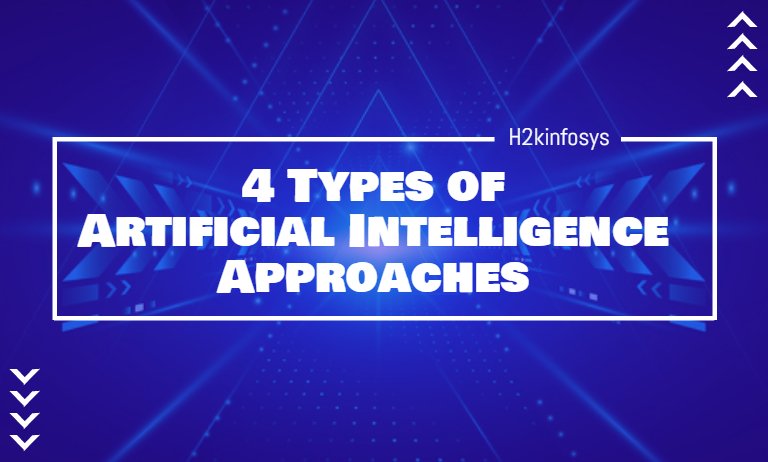

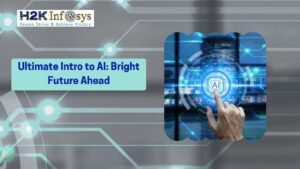


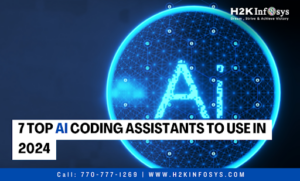
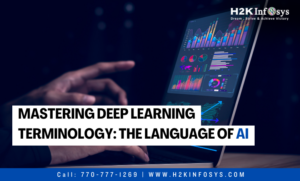


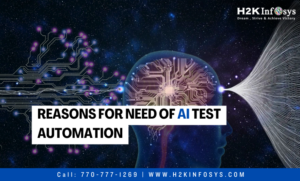



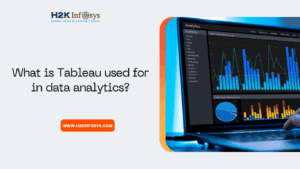







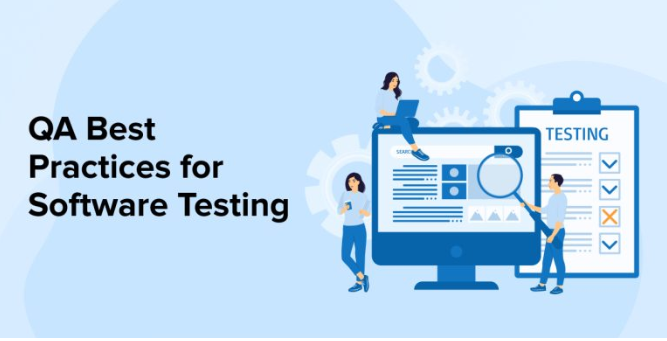

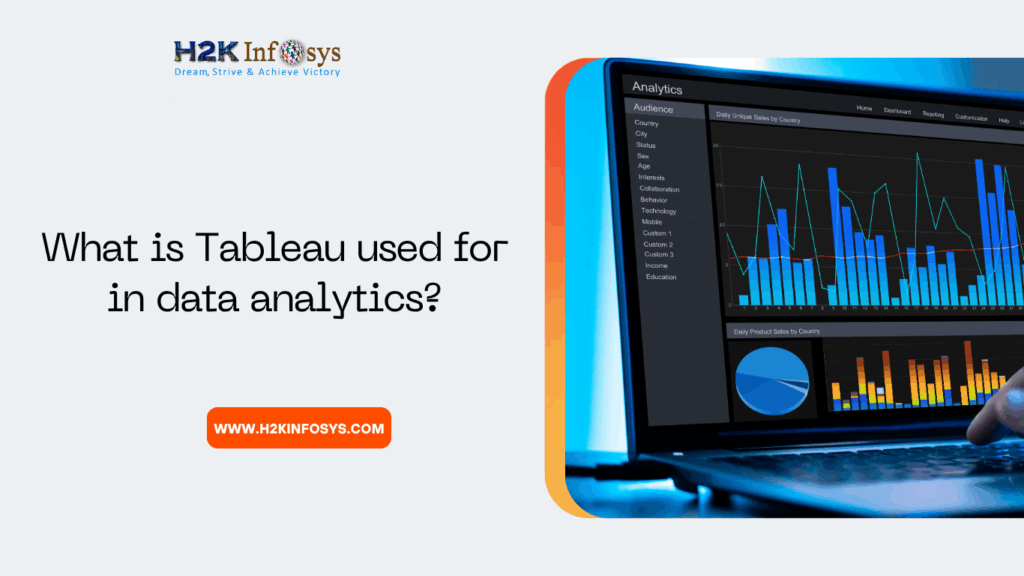


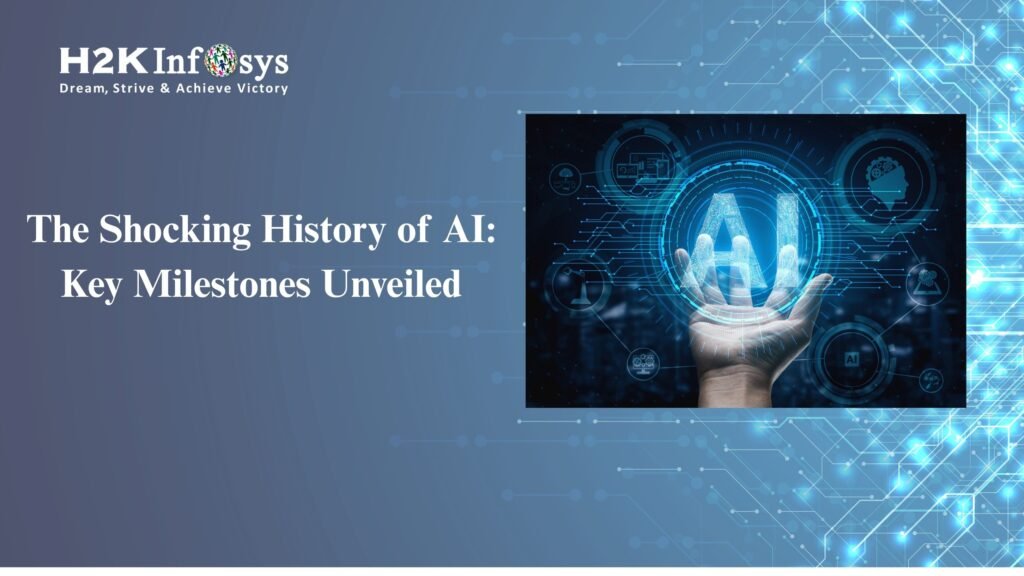




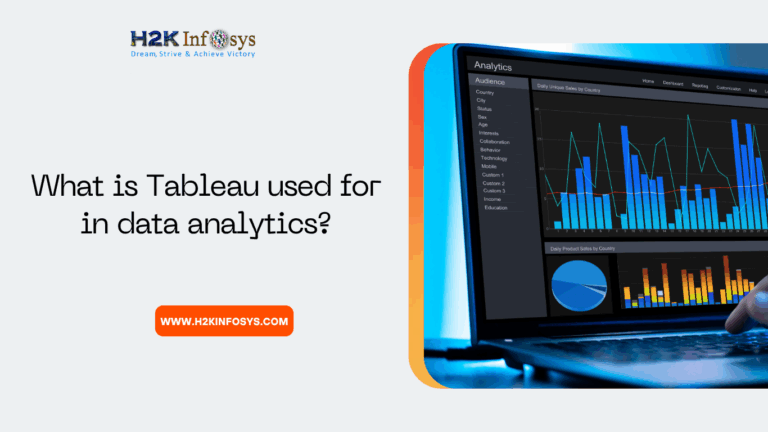

2 Responses